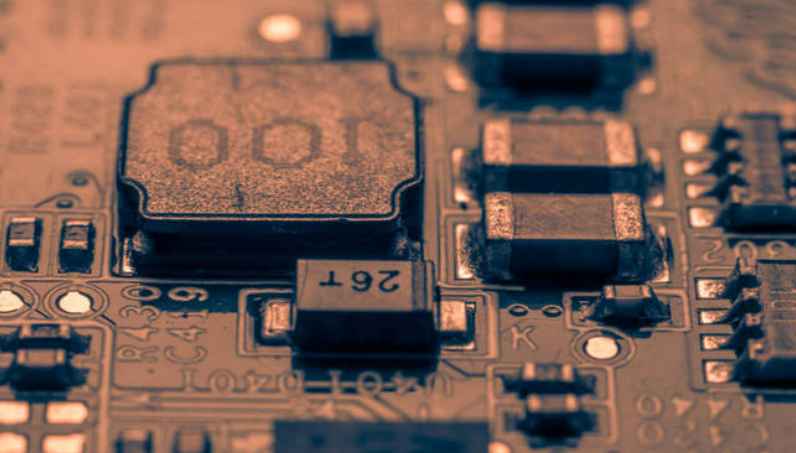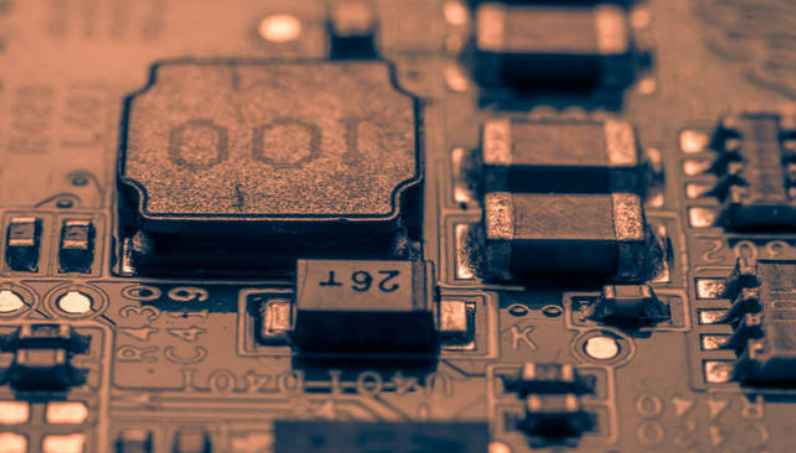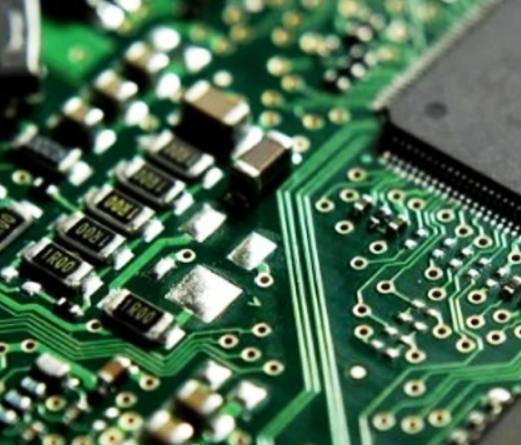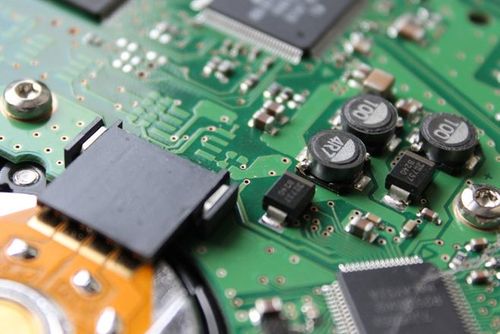
PCB (PrintedCircuitBoard), the Chinese name is printed circuit board, also known as printed circuit board, printed circuit board, is an important electronic component, is the support body of electronic components, is the electrical connection provider of electronic components. Because it is made using electronic printing, it is called a "printed" circuit board.
With the smaller and smaller PCB size requirements and higher and higher device density requirements, PCB design is becoming more and more difficult. How to achieve high PCB routing rate and shorten the design time, the author here to talk about PCB planning, layout and routing design skills.

Before starting wiring, the design should be carefully analyzed and the tooling software carefully set up, which will make the design more compliant.
1 ,Determine the number of PCB layers
The size of the board and the number of layers of wiring need to be determined at the beginning of the design. The number of wiring layers and the stacking mode will directly affect the wiring and impedance. The size of the board helps determine the layering and wiring width to achieve the desired design effect. Currently, the cost of multilayer panels varies less, and it is better to use more circuit layers and distribute copper evenly at the beginning of the design.
2, Design rules and constraints
To successfully complete a wiring task, wiring tools need to work within the correct rules and constraints. All signal lines with special requirements should be classified. Each signal class should have a priority. The higher the priority, the stricter the rules. Rules related to line width, maximum number of holes, parallelism, interaction between signal lines, and layer limitations have a significant impact on the performance of wiring tools.
Careful consideration of design requirements is an important step in successful wiring.
3 ,Component Layout
During optimal assembly, design for manufacturability (DFM) rules impose constraints on component layout. If the assembly department allows the components to move, the circuit can be optimized to automate wiring more easily. The rules and constraints you define affect the layout design. Automatic wiring tools only consider one signal at a time. By setting the cable constraints and the number of layers that signal cables can route, the wiring tool can be completed according to the designer's idea.
For example, for the layout of power cables:
① In the PCB layout, the power decoupling circuit should be designed near each related circuit, rather than the power supply part, otherwise the bypass effect will be affected and the ripple current will flow on the power line and ground wire, causing interference.
(2) The power supply direction inside the circuit should adopt the power supply from the last stage to the front stage, and the filter capacitor of the power supply should be arranged near the last stage;
(3) For some main current channels, if the current should be disconnected or measured in the debugging and testing process, the layout should be arranged on the printed wire current notch.
In addition, as much attention as possible to the regulated power supply in a separate printed board layout. When the power supply and circuit share the printed board, the layout should avoid the mixed layout of the regulated power supply and circuit components or the common ground of the power supply and circuit. Because this wiring is not only easy to produce interference, but also can not disconnect the load during maintenance, can only cut off part of the printed line, thus damaging the printed board.
4 fan out design
During the fan-out design phase, each pin of a surface-mount device should have at least one pass hole so that the board can be used for interlayer connections, in-line testing, and circuit reprocessing when more connections are required.
In order for the automatic wiring tool to be most efficient, the largest hole size and printing line possible needs to be used, with an interval of 50mil ideal. Use the through-hole type that maximizes the number of routing paths. With careful consideration and prediction, the design of online circuit testing can be carried out early in the design and implemented later in the production process.
The type of through-hole fan out is determined according to the wiring path and circuit online test. Power supply and grounding also affect wiring and fan out design.
5 Key signal and manual wiring processing
Manual wiring is an important process in PCB design now and in the future. Manual wiring helps automatic wiring tools to complete the wiring job.
By wiring and securing the selected network (net) manually, a path can be formed that can be used for automatic wiring.
First route key signals manually or in combination with automatic wiring tools. After the wiring is completed, the relevant engineering and technical personnel will check the wiring of these signals. When the check is passed, the wires will be fixed and the rest signals will be automatically routed.
The presence of impedance in the ground wire brings common impedance interference to the circuit. Therefore, when wiring, do not randomly connect any point with ground symbol, this may cause harmful coupling, affect the circuit work.
At higher frequencies, the inductive reactance of the wire will be several orders of magnitude greater than the resistance of the wire itself. In this case, even if only a small high-frequency current flows through the wire, there will be a certain high-frequency voltage drop. Therefore, for high frequency circuits, the PCB layout should be as compact as possible with as short a route as possible.
There are mutual inductance and capacitance between printed lines. When the operating frequency is higher, it will cause interference to other parts, called parasitic coupling interference. The suppression methods that can be taken are:
① Shorten the signal routing between different levels as far as possible;
② Arrange all levels of circuits in signal order to prevent all levels of signal lines from crossing each other;
③ The wires of the adjacent two panels should be vertical or horizontal. Cross, not parallel;
④ When the signal cables are arranged in parallel in the board, they should be separated from each other as far as possible, or separated from the ground line and the power line, so as to achieve the purpose of shielding.
6 Automatic Wiring
The routing of key signals requires consideration of controlling some electrical parameters during the routing, such as reducing distributed inductance, etc. After understanding the input parameters of the automatic cabling tool and the influence of the input parameters on the cabling, the quality of automatic cabling can be guaranteed to a certain extent.
Use common rules when wiring signals automatically. By setting constraints and unwired areas to limit the number of layers used and the number of through-holes used for a given signal, wiring tools can automatically route according to the engineer's design thinking. After the constraints are set and the rules created are applied, the automatic wiring will achieve similar results as expected, and after part of the design is completed, it will be fixed to prevent it from being affected by subsequent wiring processes.
The number of routes depends on how complex the circuit is and how many general rules are defined. Today's automated routing tools are very powerful and can often complete 100% of the routing. However, when the automatic wiring tool has not completed all signal wiring, the remaining signals need to be wired manually.
Some signals with few constraints have long lines. At this time, we can first judge which wiring is reasonable and which wiring is not reasonable, and then shorten the length of signal wiring and reduce the number of holes through manual editing.









